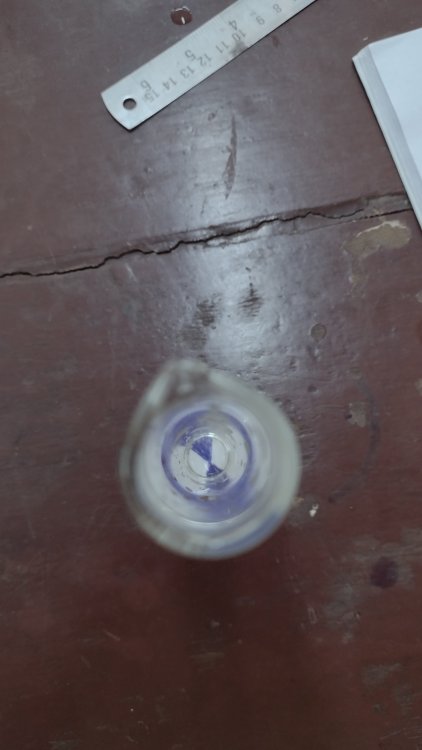

Ajil Benny
-
Posts
19 -
Joined
-
Last visited
Content Type
Profiles
Forums
Events
Posts posted by Ajil Benny
-
-
When soap water is applied to a paper where a thin layer of turmeric paste is coated , the paper had become red color. When washed with soap the stain of turmeric turns red because turmeric contains the tartaric acid and soap contains sodium hydroxide, a base. ... Therefore, it is the chemical reaction that led to the change in the colour of the stain from yellow to red.
0 -
-
-
When soap water is applied to a paper where a thin layer of turmeric paste is coated , the paper had become red color.why?
0 -
How is a low pressure area formed in the sea ?
0 -
When an ice cube melts in a glass filled with water , will the level of water increase or decrease ?
0 -
-
-
-
23 minutes ago, Area54 said:
I am going to withdraw my theory. I had decided to quit, The theory doesn't seems to be logical, Sorry.
There by I declare that the discussion based on this topic has come to end
2 -
I am just only considering the morphological change and the mutation will also be taken into consideration. I will do my best , Thank you all for your valuable feedbacks 😊, I apologize for confusion created by this discussion
Thankyou
0 -
19 hours ago, Area54 said:
I hesitate to say that you are confused, since you have not acquired sufficient knowledge of your subject to reach such a progressive state. Rather, you are wrong on just about everything you have said. Obviously you share an interest in evolution, as do those who have replied in this thread. I think that's a good thing, not least because I am your companion in such an interest. Unfortunately the only statement I can see that may be thought true is "Evolution is a slow process".
If we look back ten generations we find that while the alleles (variants) of genes may be different in some cases, nearly all of those differences are due to mixing of existing alleles during fertilisation. In terms of evolution this will produce only short term differences that are easily reversed. Until you have taken this concept on board (then several more) there is no point in you wasting your time with wild, unfounded speculation.
There are some very knowledgeable members on this board - I think some of them are professional biologists. You should take advantage of their presence by asking question that will help educate you on the subject, instead of proposing crazy ideas.
9 minutes ago, Ajil Benny said:This is what I was talking about I am having confidence that this theory will prove in the future, don't discourage me
I have taken each generation gap as 0.1 so that when it will attain 10 generation the overall difference in the gene composition will be 1 , ie the gene which had been hereditary transformed from 10 generation before had been slightly changes, External factors can also trigger evolution. This will be a crazy idea to others but I am approaching in a different level .When 10 generation is reached a small traces of evolutionary changes can be seen
0 -
Can we Travel to mars ?
0 -
On 6/30/2020 at 3:37 PM, swansont said:
Why 9? Any evidence for this?
After 9 generation only few genes present in us when we compare the genes with ten generation older than us as the generation pass on some genes will automatically removed and some new generation will be formed ,ie. As the generation pass on the purity of the gene will change and it may led to the morphological and anatomical changes which can lead to mutation like phenomenon.
Here I am considering generation 1 as G1 when it reach generation 2 (G2) the only 99.9 genes will pass on to it like wise when it attain 10 generation the over all change will be 1 ( from first generation to 10 th generation) considering 1 as a frequency factor the which can represent the probability of mutated evolution
0.1 gene difference ×10 generation =1
(I consider this factor as evolutionary coificcent)
This is a thesis proposed by me
On 6/30/2020 at 5:32 PM, Strange said:Humans have about 25000 genes. So a change of 0.1 would require 2,500 mutations.
Then again, the son only gets about half their genes from the father so the difference could be much larger than that
I know that around 25000 more genes are there I am just considering the gene difference only. I am taking the gene difference between 2 generation and not the whole gene
On 6/30/2020 at 8:34 AM, Ajil Benny said:The time period of evolution
There will be a cycle of mutation after every 9 generation, the evolution is a slow process and it will move on, but we can't see directly because the change taking place is very slow, but if we look at the 10 generation of older than us we could see it.The mutation (evolution) takes place gradually and it can be seen at a regular intervals (10G gap)
Law behind it : There will be a gene difference between father and son, ie the gene similarity difference is 0.1 and the similarity difference between the gene that we get from father and mother is 0.1. When the genes are transferred from one generations to other there will be change in genes of 0.1 from each generation which confrim that after each generation a small change is happening in genetic material.This change will be passed on to next generation.Which makes that after the 9th generation a small mutation takes place.
This rule will be only applicable when we compare us from that of old generation, the change will be minute
After 9 generation only few genes present in us when we compare the genes with ten generation older than us as the generation pass on some genes will automatically removed and some new generation will be formed ,ie. As the generation pass on the purity of the gene will change and it may led to the morphological and anatomical changes which can lead to mutation like phenomenon.
Here I am considering generation 1 as G1 when it reach generation 2 (G2) the only 99.9 genes will pass on to it like wise when it attain 10 generation the over all change will be 1 ( from first generation to 10 th generation) considering 1 as a frequency factor the which can represent the probability of mutated evolution
0.1 gene difference ×10 generation =1
(I consider this factor as evolutionary coificcent)
This is a thesis proposed by me
This is a thesis and I am researching further related to this for further explanations
0 -
2 hours ago, MigL said:
Mutations are random.
The vast majority are detrimental ( think cancers ).
The very few that help a species better cope with its environment, are passed on, and become an evolutionary trait.I was just saying how the morphological changes occurs through the time of evolution
0 -
The time period of evolution
There will be a cycle of mutation after every 9 generation, the evolution is a slow process and it will move on, but we can't see directly because the change taking place is very slow, but if we look at the 10 generation of older than us we could see it.The mutation (evolution) takes place gradually and it can be seen at a regular intervals (10G gap)
Law behind it : There will be a gene difference between father and son, ie the gene similarity difference is 0.1 and the similarity difference between the gene that we get from father and mother is 0.1. When the genes are transferred from one generations to other there will be change in genes of 0.1 from each generation which confrim that after each generation a small change is happening in genetic material.This change will be passed on to next generation.Which makes that after the 9th generation a small mutation takes place.
This rule will be only applicable when we compare us from that of old generation, the change will be minute
0

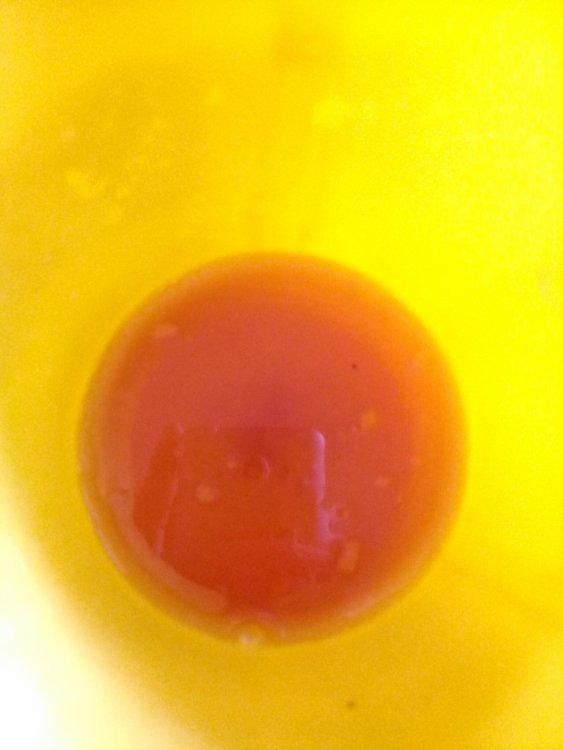
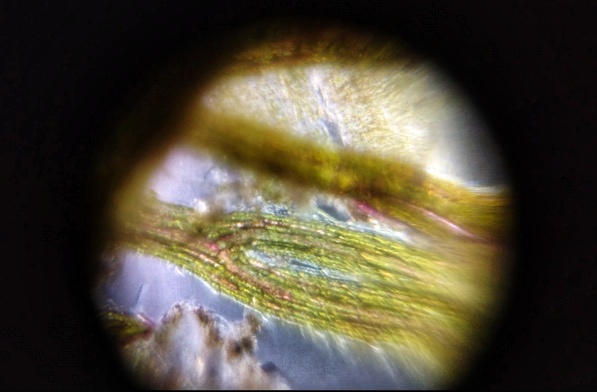
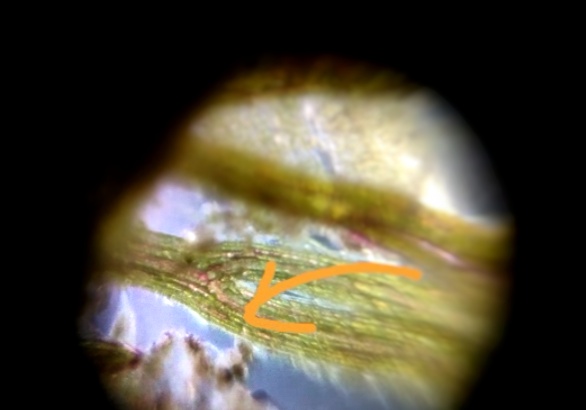
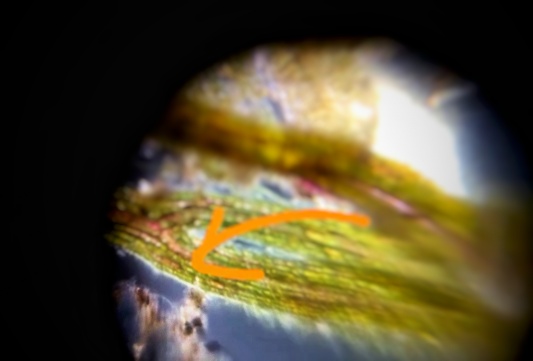
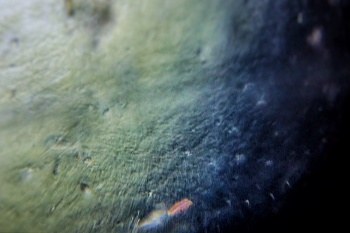
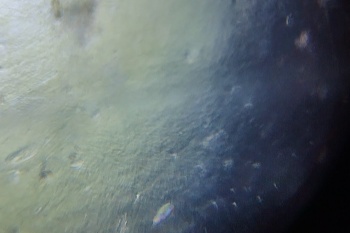
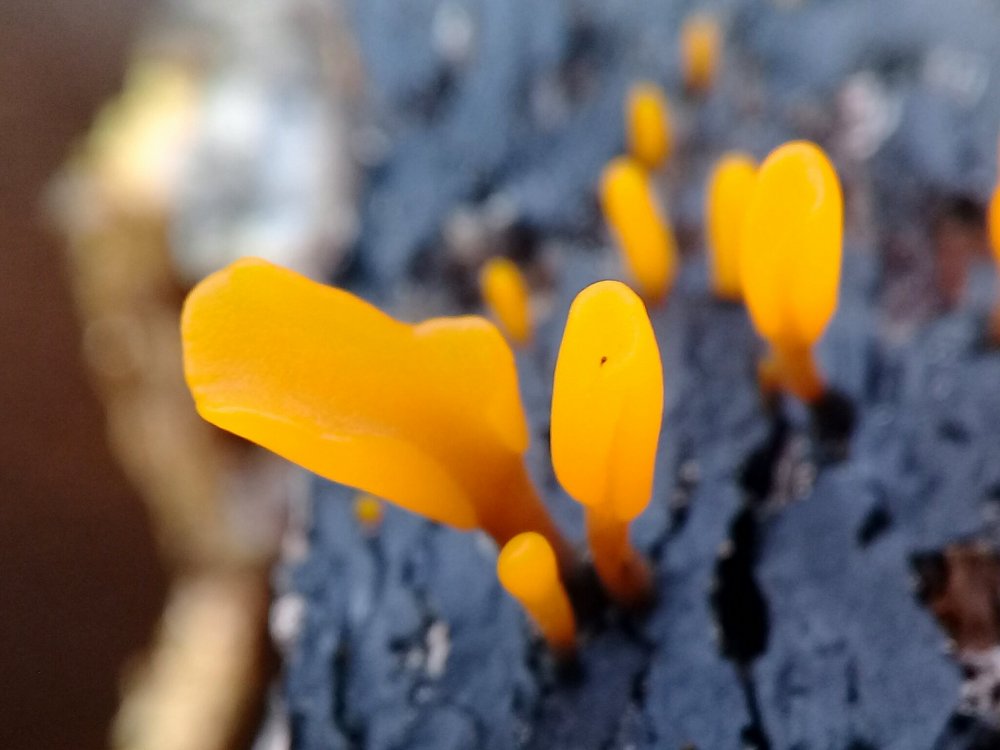
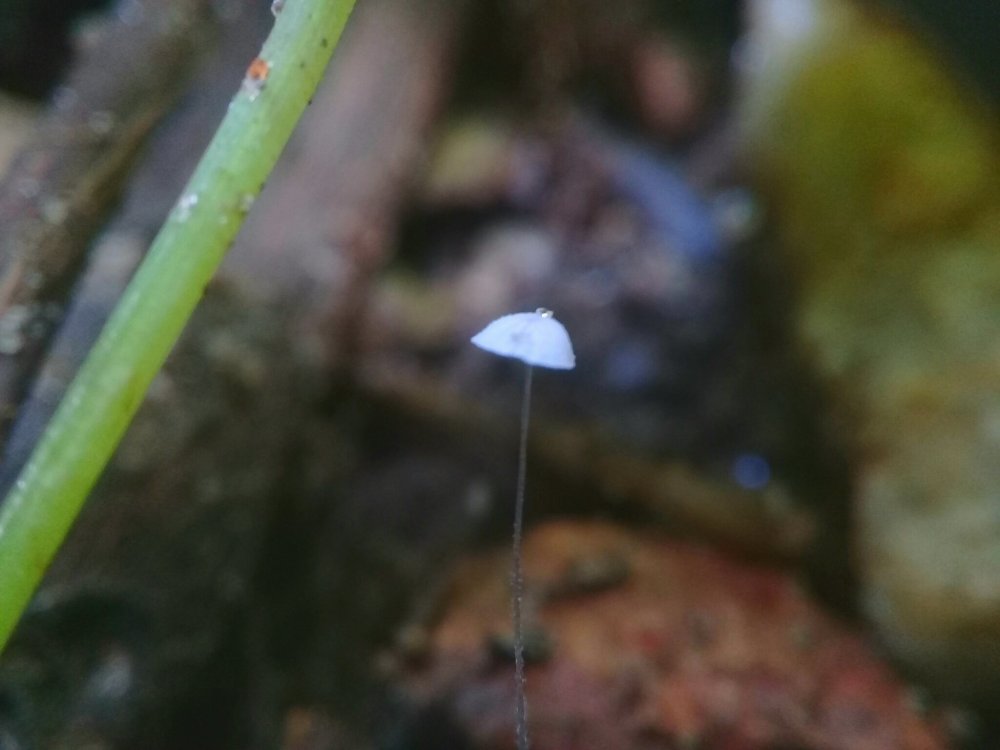
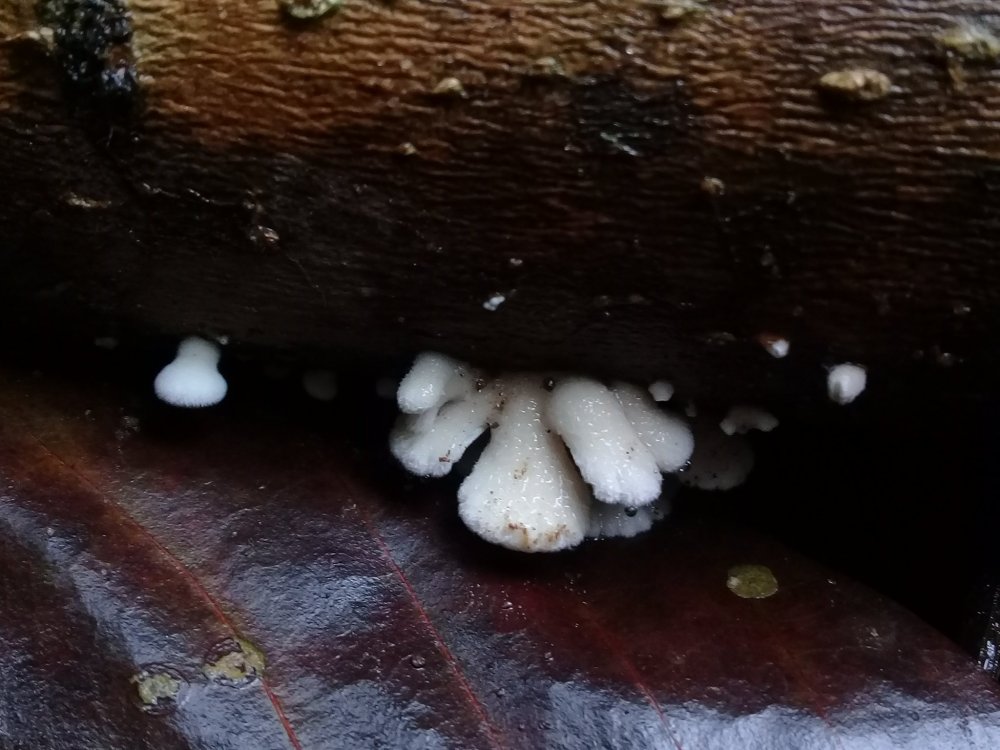
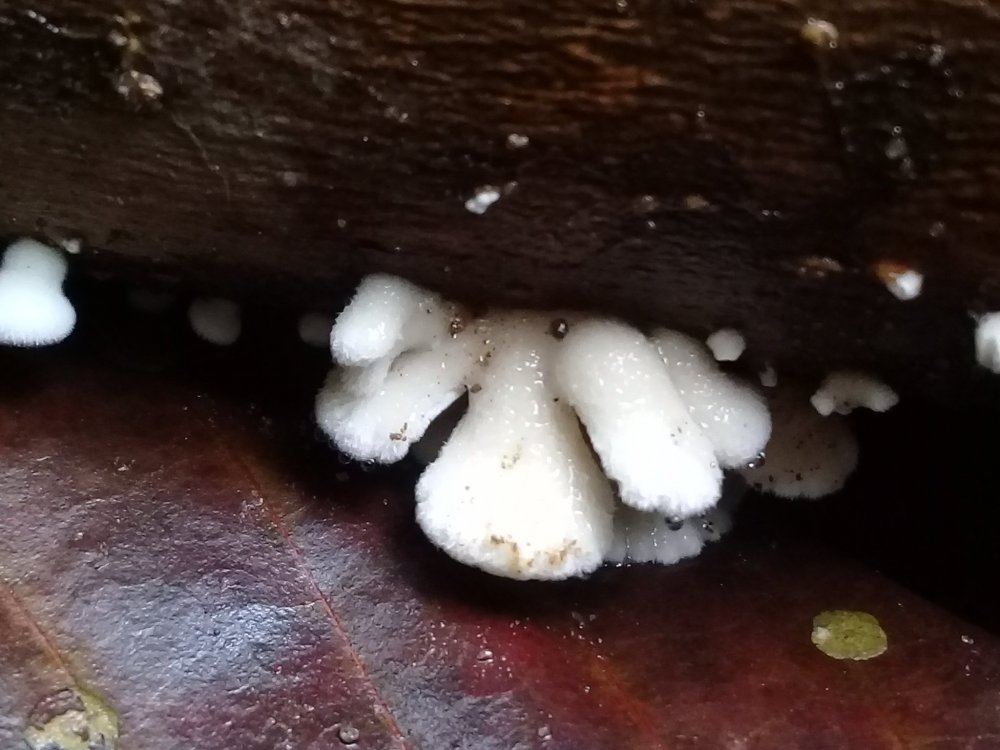
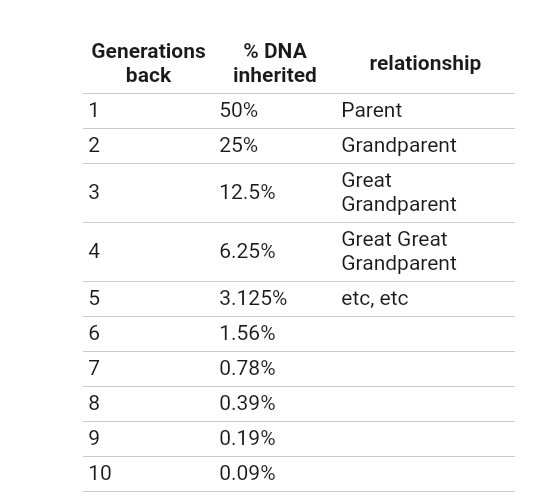
Appu's turbidity meter
in Equipment
Posted
This is a equipment made by me inorder to measure the turbity of the water this is made in a measuring jar and there will be a value corresponding to it, the point at which the marking disappear is noted and measured